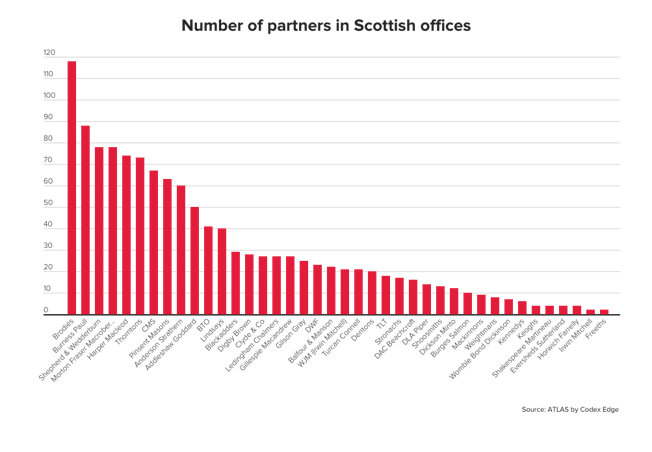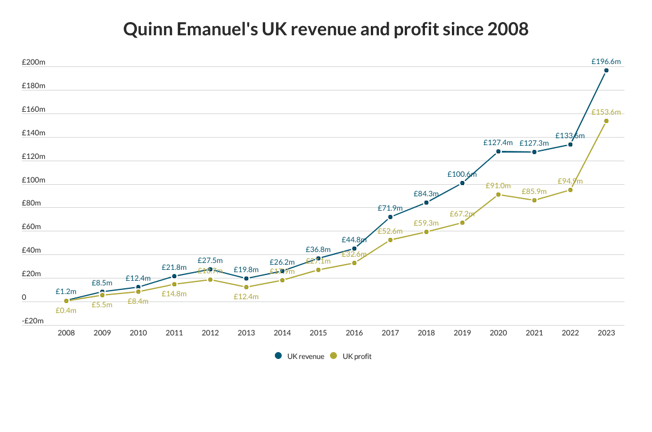The Top 100 survey reveals that UK practices are wising up to mergers and the influx of overseas firms, says Linda Tsang. Almost half of the firms in this year's Top 100 survey disclosed either their gross fee income and/or the percentage rise in turnover. This may be an indication of how confident firms are about their recent success and the likelihood of it continuing.
One particular success story is that of Garretts, the Arthur Andersen-associated firm. It appears for the first time in the Top 100 and now has a total of 128 fee earners.
The impact of Garretts' rapid growth and similar moves by accountancy firms is reflected in the response of almost 30 per cent of the firms that the recent manoeuvrings by the Big Six accountants are likely to have the most impact on their practice.
But by far the most important issue is, unsurprisingly, mergers, which more than half of the firms say is top of their agenda.
This is borne out by the fact that of those who disclosed their turnover figures, three out of the top four are firms that have profited by expansion through merger.
But as can be seen in the Increase in Turnover table (right), Irwin Mitchell and Osborne Clarke have increased profitability in ways other than just merger.
And as one partner from a top 20 firm comments, "simply adding two firms' figures together can boost the figures, it does not necessarily increase profitability".
The impact of merger on the year-end figures of more recent alliances – such as those of Cameron McKenna, and Berrymans Lace Mawer and Speechly Bircham (with Baileys Shaw & Gillett) – are yet to be seen.
Although 38 per cent of the Top 100 firms say they have either approached or been approached by another firm with a view to merger, a quarter of those (including those that have already either merged or folded a smaller practice into theirs) consider that having reached their current size and level of efficiency and profitability, any further merger discussions will now be shunted down the agenda.
And with the accepted wisdom that firms should merge proactively rather than defensively, others comment that they prefer to build up their practices as "strong independent firms".
Another partner hedges his bets and reveals that "in common with many firms, although it is not part of this firm's strategy, it would not be ruled out in the right circumstances".
The other issues facing firms in the Top 100 are the increase in lateral hires, which are often considered a less expensive option for increasing profitability than merging, and the increasing competition from overseas firms.
Overseas competition is commented on not only by UK-based international firms but also by the regional and national practices. One partner comments in particular about the recent moves by US firms to set up in the UK and "pay astronomic salaries and distort the market".
Another matter of concern is limited liability partnership. One partner comments: "The next five years will see a dramatic change in the structure of the profession and how its markets operate. What will sort out the best firms from the rest is their ability to adapt and take advantage of those changes."
























